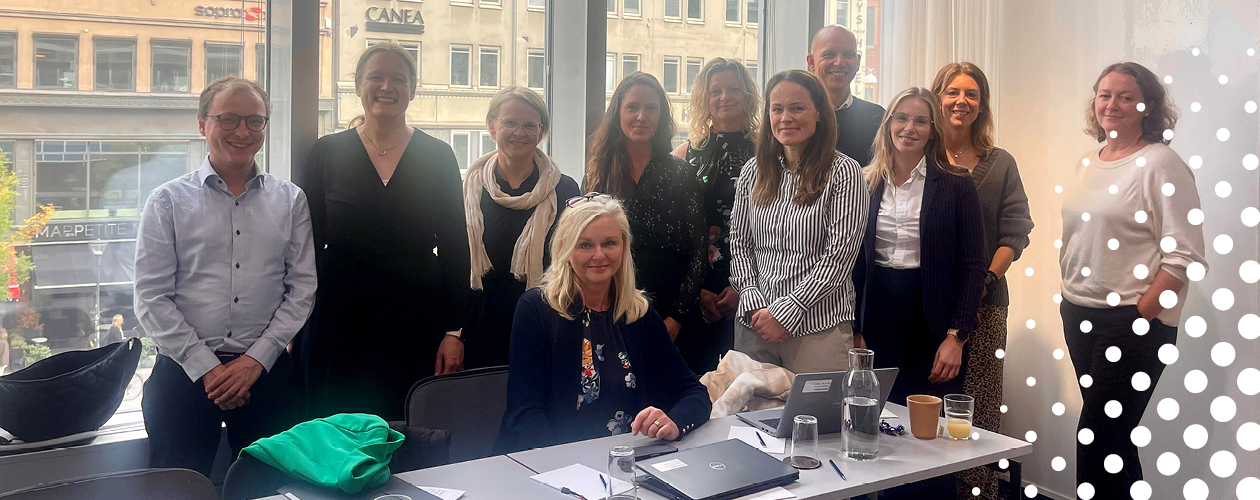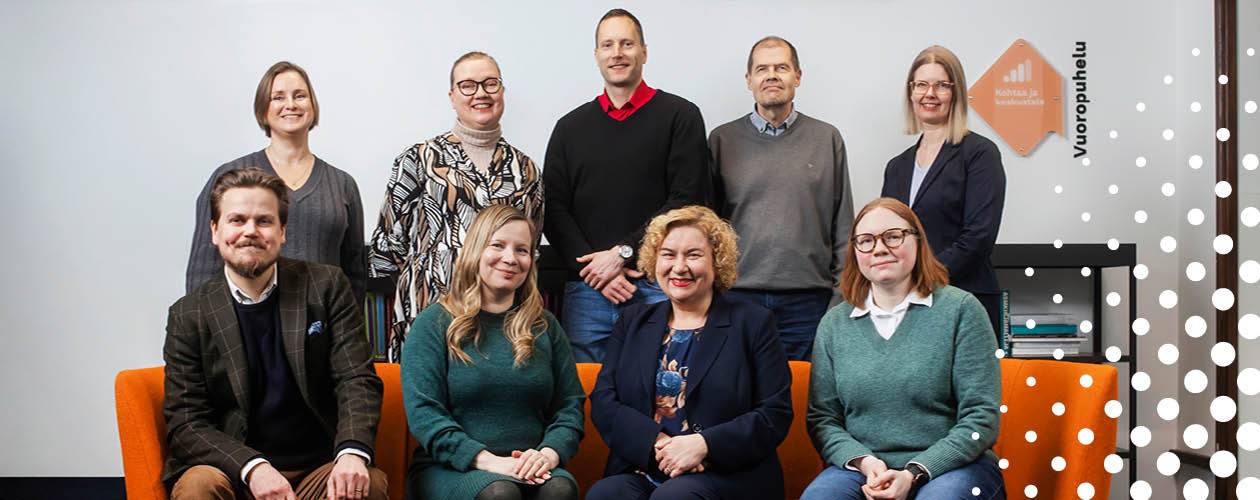Exploring cost savings in joint procurement
Hansel’s duty is to increase the efficiency of public procurement in Finland, but measuring efficiency is challenging. The amount of money spent on procurement alone is not a sufficient indicator of efficiency, as the same amount of money can produce very different results in terms of quality. Ideally, the price-quality ratio or the impact of procurement would be measured, but sufficient data to calculate more extensive indicators remains unavailable.
Efficiency can be estimated based on the time spent on tendering and during the contract period, as well as the prices obtained through tendering. A comparison of tendering for the same product or service could reveal who was able to realise tendering with the least labour input or the lowest contract prices. Insufficient comprehensive data is available to do this. However, a centralised procurement data pool (in Finnish) is expected to change this.
Savings achieved through centralising procurement have previously been investigated in a study by Katri Karjalainen et al. (2008 (in Finnish), pdf), where the average savings were estimated as 20%, and a Government report (in Finnish)(2023), where deficiencies in data prevented a more comprehensive assessment of savings. The study arrived at roughly the same results concerning savings achieved through centralisation: 5–20% (Pyykkönen, Halonen, Tukiainen and Parviainen 2023 (in Finnish), pdf). The achieved savings depend on the procurement object. They also depend on where centralised procurement makes sense in general (standardised products, etc.). However, reliably assessing the cost impact of centralisation is very challenging.
In 2024, we carried out a development project to estimate the savings in euros achieved by Hansel’s customers through the use of joint procurement. The starting point was the alternative cost method, i.e. we tried to estimate the alternative process costs and prices of procurement made through Hansel’s joint procurement compared to our customers realising the procurement themselves. The calculations are still in progress, and we will announce the savings once calculations for sufficient joint procurement procedures have been completed, and above all, once the logic and underlying assumptions have been fine-tuned to a level we can stand behind.
To assess process savings in particular, we took our cue from a calculation model developed by the Danish central purchasing body SKI. In terms of process savings, it is possible to use a single fairly extensive model to calculate savings for all joint procurement procedures so that the calculations can be automated and scheduled. For price savings, meanwhile, there are several alternative calculation methods, all of which have their own challenges involving either the availability of data or the credibility of the logic. The calculation for price savings is also more manual in nature.
Based on the preliminary results, it is possible to at least conclude that savings will be achieved. It can also be concluded that a larger share of the savings comes from lower prices than from process savings. Moreover, it can be concluded that the savings of approximately 20% estimated by Karjalainen et al. some 15 years ago still seem to be in the right ballpark. In conclusion, the project has emphasised the importance of a centralised procurement data pool and the correctness of the ideas about comprehensive data collection and a procurement identifier to link the different procurement lifecycle stages.
Read next: Compliance function five years
You may also be interested in
Development of joint procurement
2024 was a more active year than 2023 in terms of the opening up of joint procurement to competition.
Lively cooperation in the Nordic countries and the EU
In August 2024, Hansel’s Board of Directors held a meeting in Copenhagen and visited the Danish central purchasing body SKI.
Sustainability management
One of the main themes of our growth strategy is “Sustainability is our trump card”.




